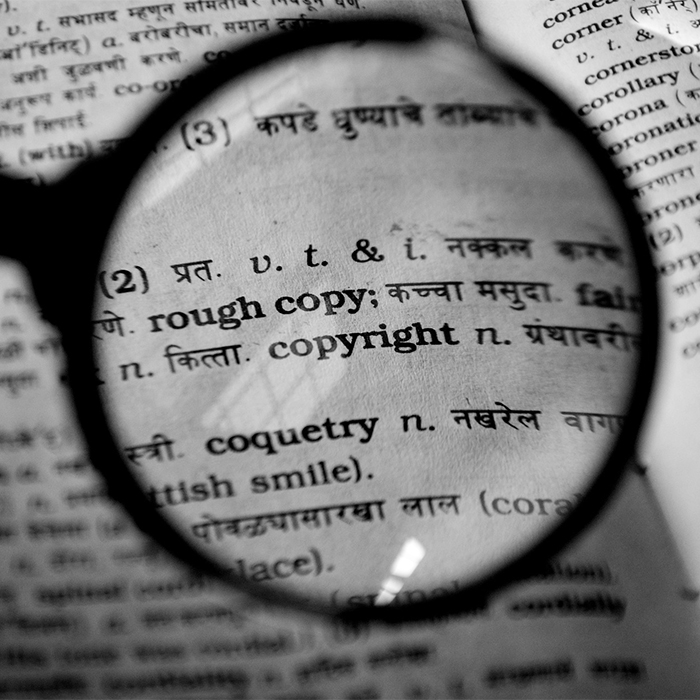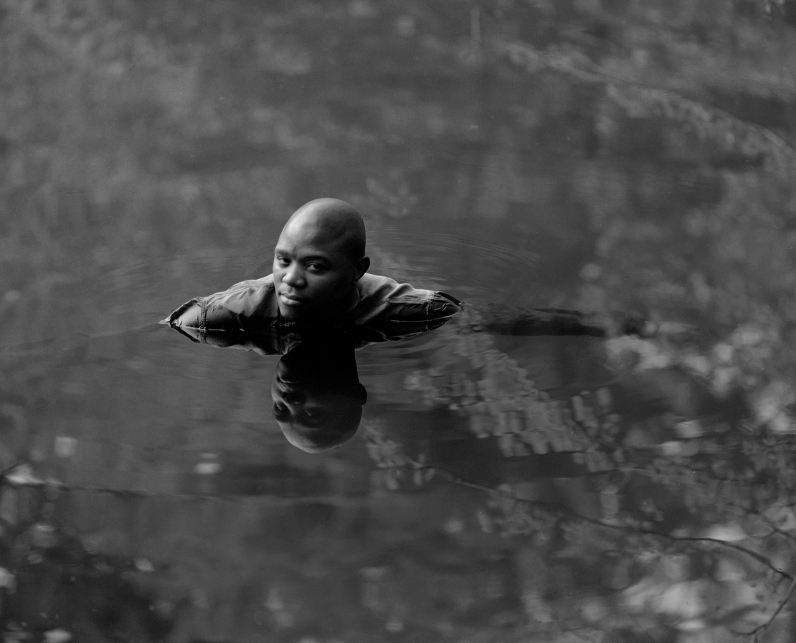Do We Need To Revise Music Copyright Laws?
It is said that within the artistic realm, there is no such thing as true originality. The theory states that within our current world, because of our accessibility to an incredible plethora of media – whether it be art, music or even writing and academics – the concept of originality is highly disputed due to the constant presence of outside influence. Rather, it is believed that media is essentially a continued transformation of inspiration, and although an artist may have a style that sets them apart: their own influences have contributed to that, making the idea of true originality redundant. However it must be noted that there’s a substantial difference between inspiration being transformed, or ideas and work being outright plagiarised.
This is where copyright laws come in – however, this is where things get even more nuanced. Within the art and music world, where is the line drawn between inspiration, plagiarism and straight up coincidence? These are the questions critics have been asking in lieu of the recent lawsuit filed against Katy Perry, Capitol Records and those who participated in the creation of her 2013 track ‘Dark Horse.’ A California federal judge has determined that ‘Dark Horse’ infringed on a 2009 single ‘Joyful Noise’ by Christian rapper Flame, also known as Marcus Gray. Perry has been accused of directly copying the song, with Gray’s lawyers stating that almost every element of the song is identical; the beats reportedly being exactly the same in various musical elements such as pitch and rhythm.
In cases such as these, those on trial are required to ‘prove’ their accessibility (or lack of it) in regard to the infringed work: have they heard the track before, were they directly inspired by it? Albeit stating in court that they had never heard the track before, and that the similarities were coincidental: Perry and Capitol Records have lost the case and are now required to pay over 2 million US dollars in damages to Marcus Gray. Based on the profit accumulated by the track, it is reported that Perry owes over 500 thousand dollars on her own accord, with Capitol Records responsible for the rest.
Many, including Perry’s lawyer, have called this ruling a ‘travesty of justice’ stating:
“The writers of ‘Dark Horse’ view the verdicts as a travesty of justice. There is no infringement. There was no access of substantial similarity. The only thing in common is unprotectable expression—evenly spaced ‘C’ and ‘B’ notes—repeated.”
In music communities it is often joked that the majority of mainstream hits follow pretty much the same formula: intro, verse, chorus, verse, bridge, chorus, outro. A steady 4/4 beat, and the rhythmic combination of the chords A, E, D and G – although being a running joke, it’s actually quite true when examining many mainstream hits. What does this type of structure mean for copyright laws however, where does one draw the line between a coincidental similarity in musical structure, or straight up plagiarism? Sometimes it may be obvious – other times, it’s a lot more complicated.
Although these questions remain unanswered and many are divided over whether this case was fairly judged, it wouldn’t be a stretch to say that it is evident that we need to revise and re-examine music copyright laws in order to make sure these laws are up to date. Without these revisions, we cannot guarantee that justice will be accurately served to anyone involved in such lawsuits.




Leave a Reply